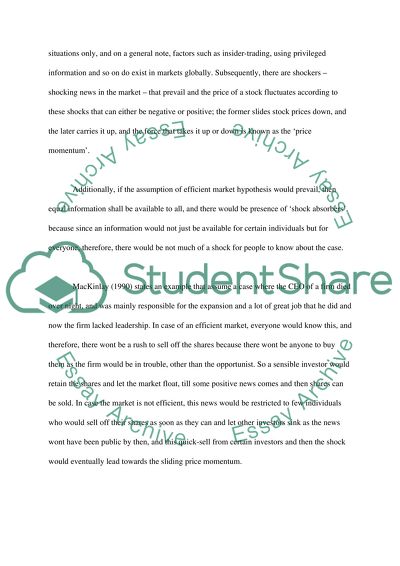Cite this document
(“Why Price Momentum Is Contrary to the Efficient Markets Hypothesis Assignment”, n.d.)
Why Price Momentum Is Contrary to the Efficient Markets Hypothesis Assignment. Retrieved from https://studentshare.org/finance-accounting/1517542-market-efficiency-essay
Why Price Momentum Is Contrary to the Efficient Markets Hypothesis Assignment. Retrieved from https://studentshare.org/finance-accounting/1517542-market-efficiency-essay
(Why Price Momentum Is Contrary to the Efficient Markets Hypothesis Assignment)
Why Price Momentum Is Contrary to the Efficient Markets Hypothesis Assignment. https://studentshare.org/finance-accounting/1517542-market-efficiency-essay.
Why Price Momentum Is Contrary to the Efficient Markets Hypothesis Assignment. https://studentshare.org/finance-accounting/1517542-market-efficiency-essay.
“Why Price Momentum Is Contrary to the Efficient Markets Hypothesis Assignment”, n.d. https://studentshare.org/finance-accounting/1517542-market-efficiency-essay.


